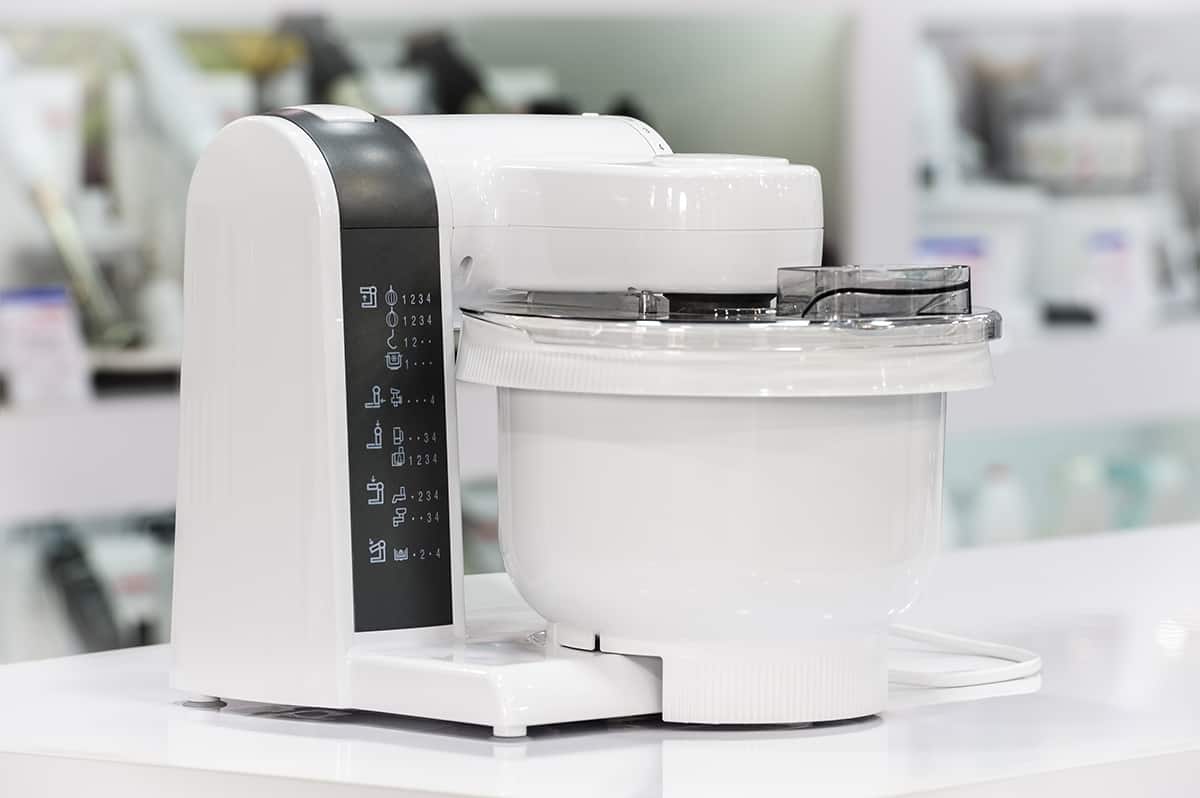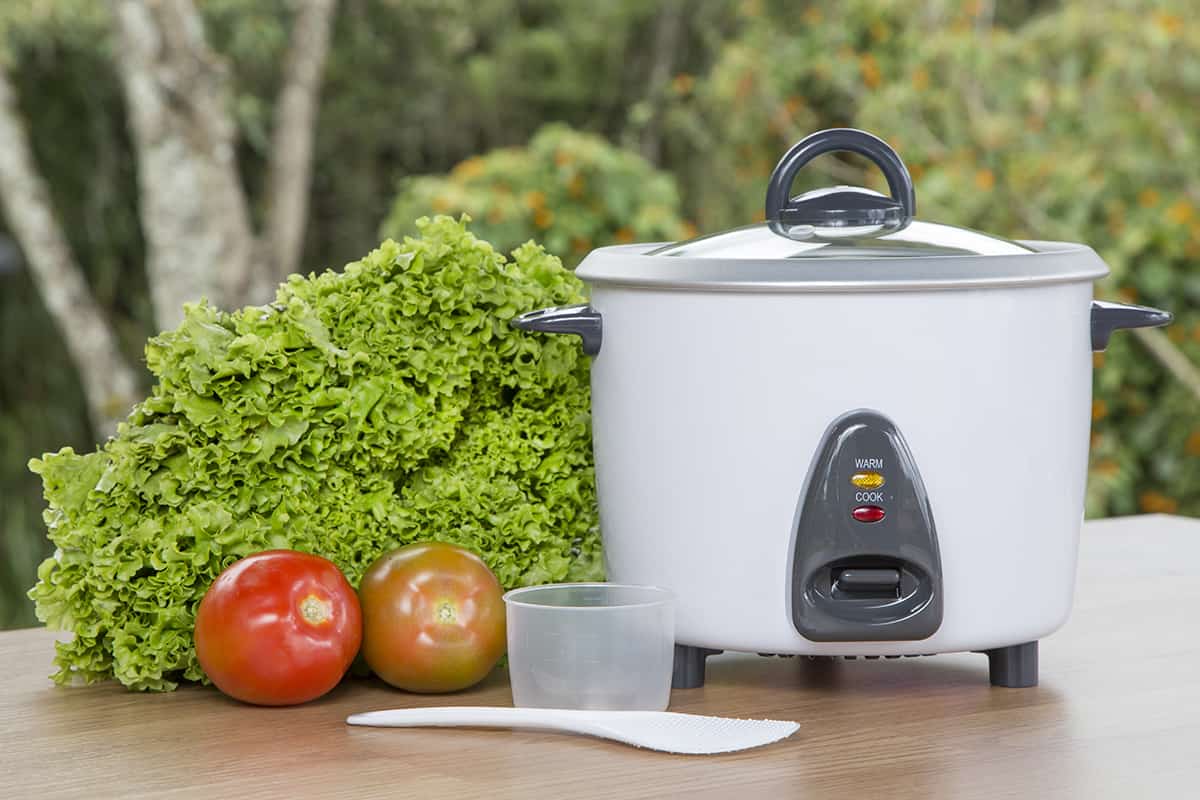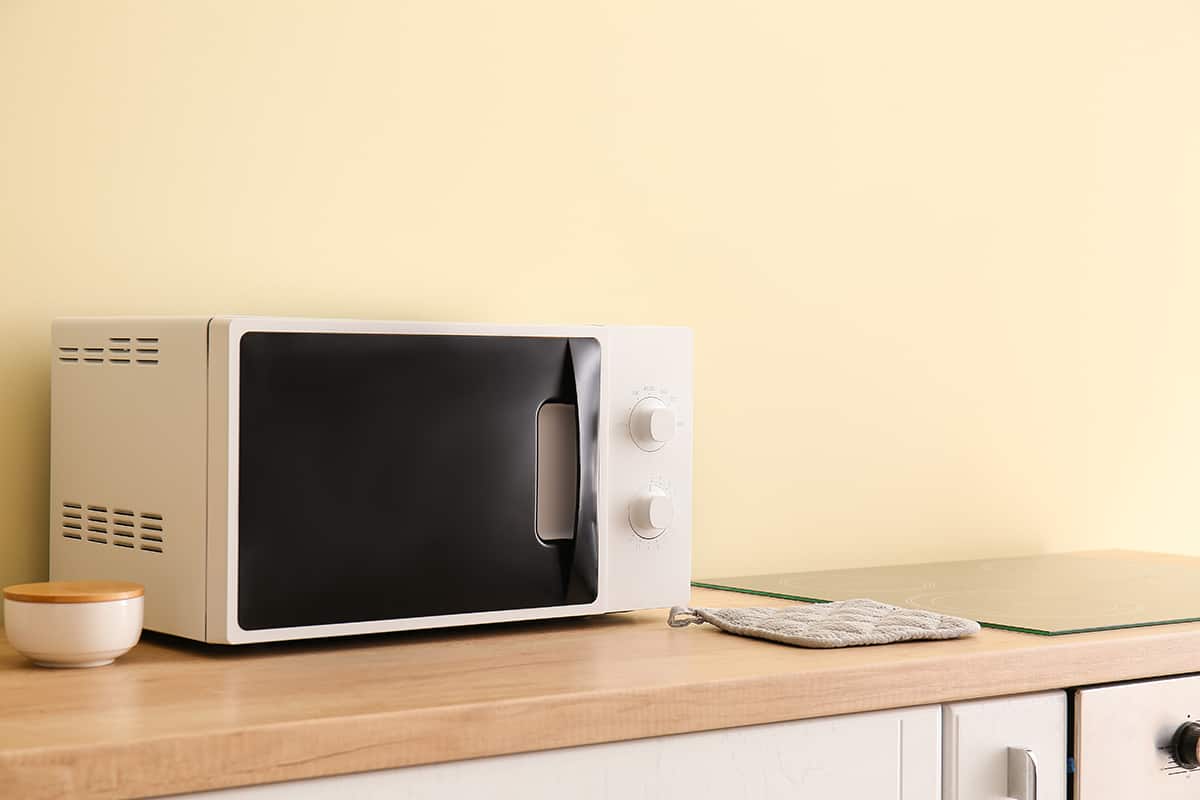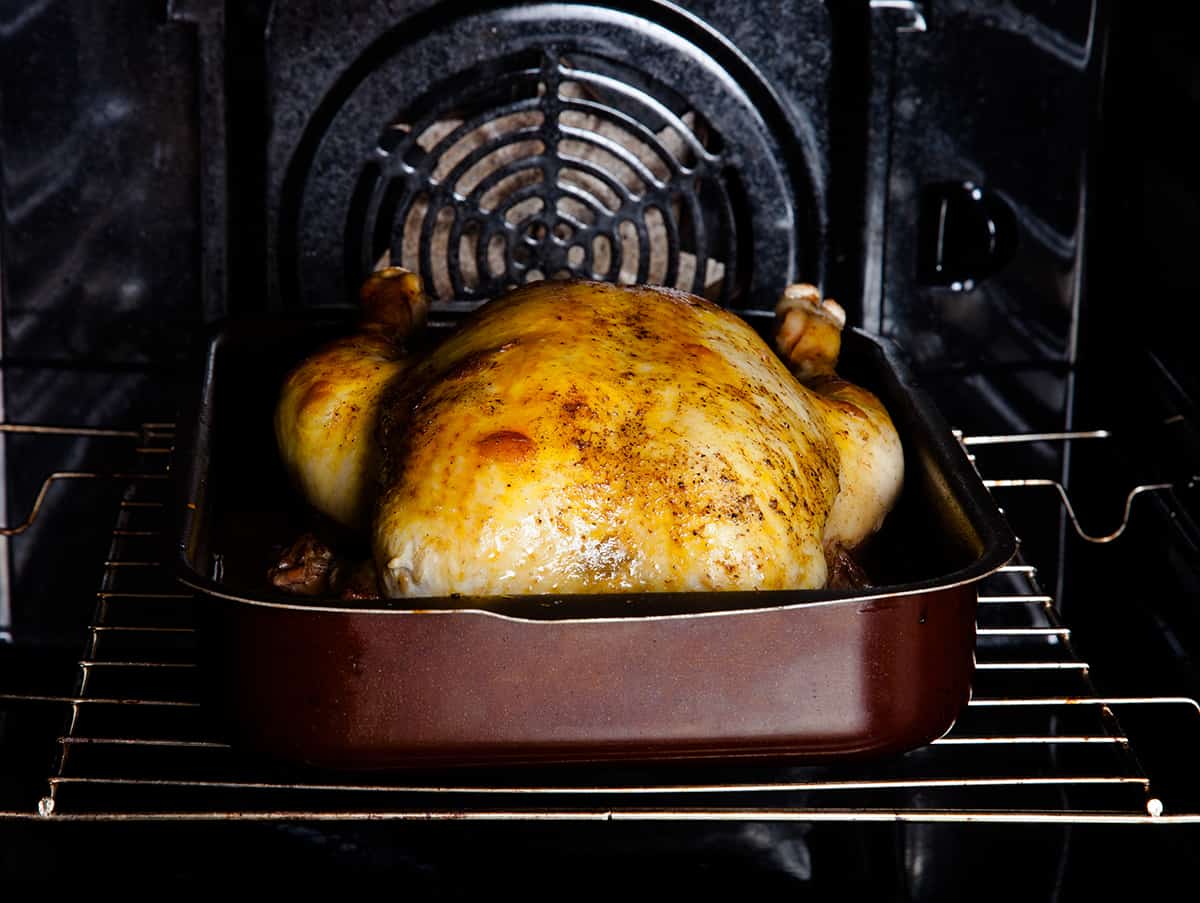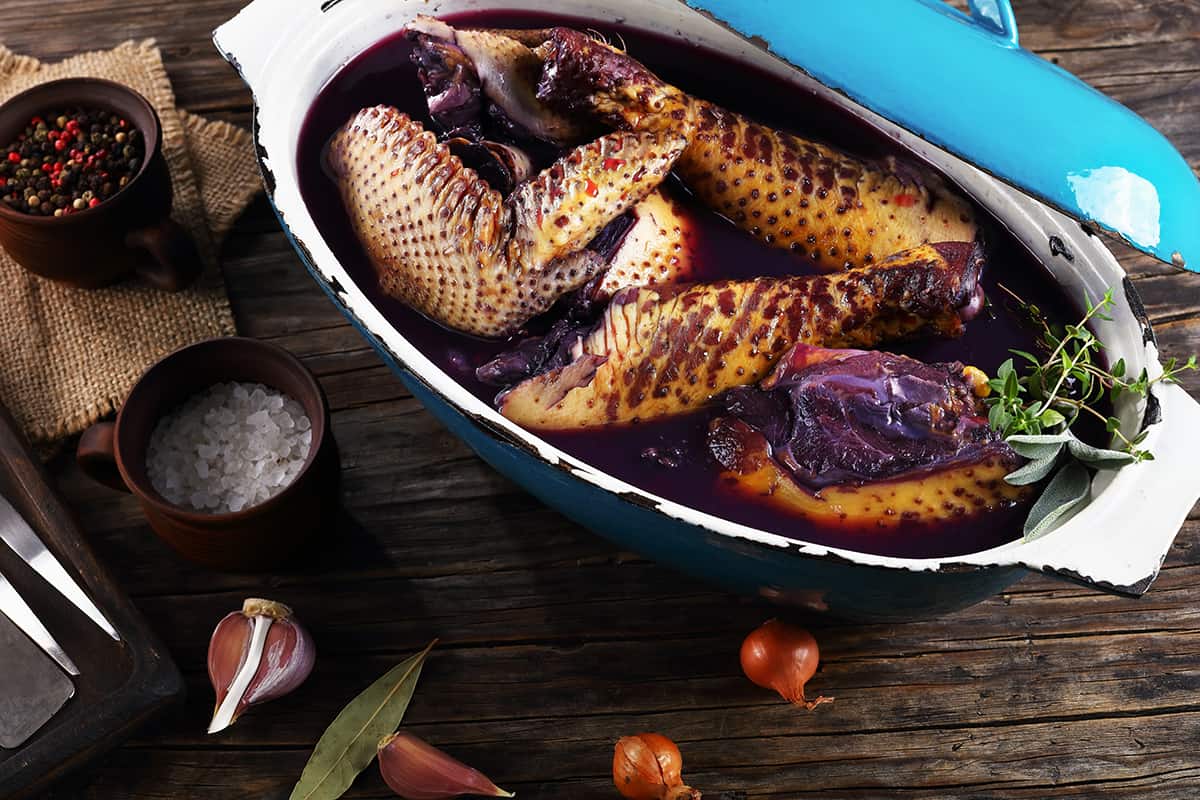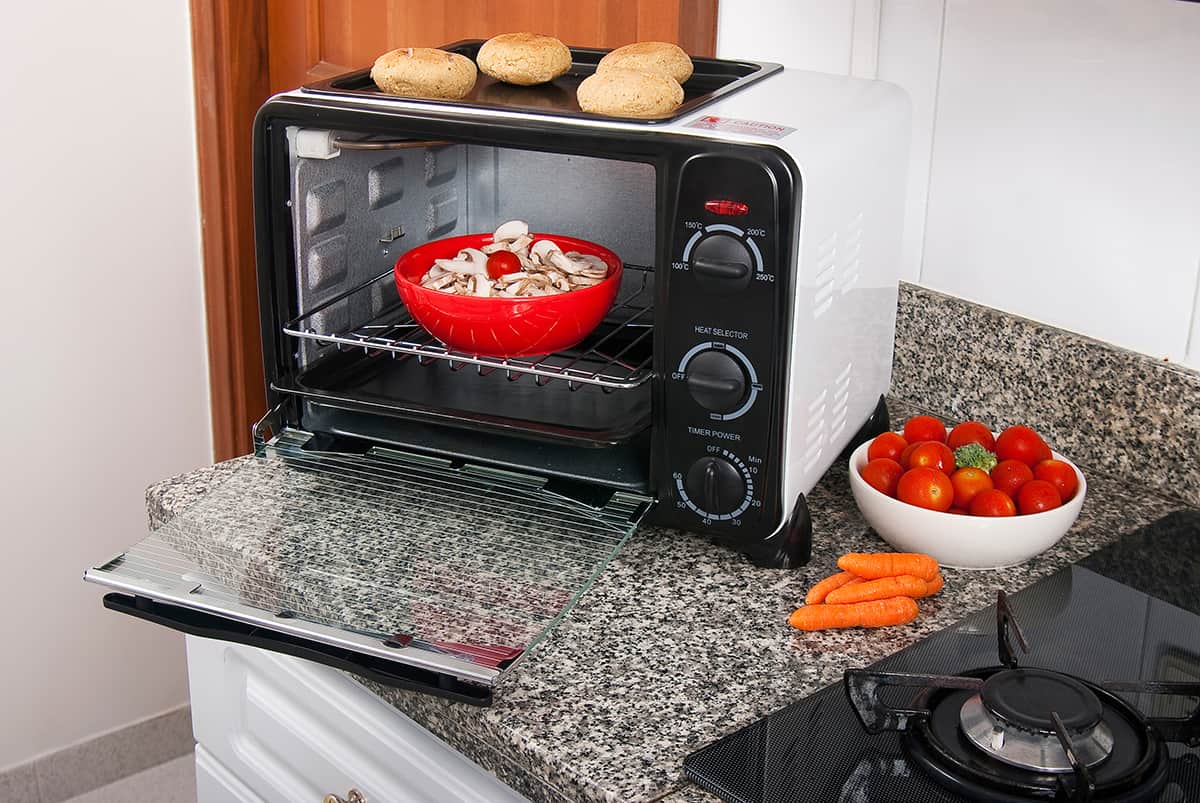A high-quality food processor is a real timesaver in the kitchen. However, a quick internet search will show that top-tier food processors can cost an arm and a leg. Should you spend that much money on a food processor, or are you better off sticking to a cheaper model?
The price tag of a food processor typically ranges from $40 to $500, though there are high-end models that can cost over $1,000. Portable food processors can be as cheap as $25, but they’re not usually meant for kitchen use.
Knowing the price range, food processors don’t seem too unreasonable now, do they? However, you should still know what you’re getting if you’re planning to invest in a costly kitchen appliance. In this guide, I’ll explain what a food processor is, how much a food processor will cost, and whether or not you need a food processor at home.
What Is a Food Processor?
A food processor is a type of kitchen appliance that is designed to streamline the prepping phase in cooking. It comes with a motorized blade that spins at high speeds to cut ingredients down to any size you want, reducing how much time you spend in the kitchen.
It can come with several attachments that coarsely or finely chop fruits and veggies with a couple of quick pulses. With a trusty food processor by your side, you can finish prepping the ingredients in a matter of seconds.
But that’s not all a food processor can do. If you want to make whipped cream, sauces, dips, or shredded cheese, all you have to do is feed the ingredients through the chute of your food processor. Do you want to crush roasted almonds or walnuts to garnish your side dishes? A food processor can do it for you in the blink of an eye.
In addition, bakers turn to food processors to knead pizza dough and pie crust. However, because food processors generate heat, you should stick to the pulse function to prevent the tool from overworking the dough and creating a gluten-laden mess.
That said, not all food processors come with the same slicing, dicing, and kneading capabilities. Generally speaking, the more expensive the food processor, the more it can do.
Food Processor vs. Blender
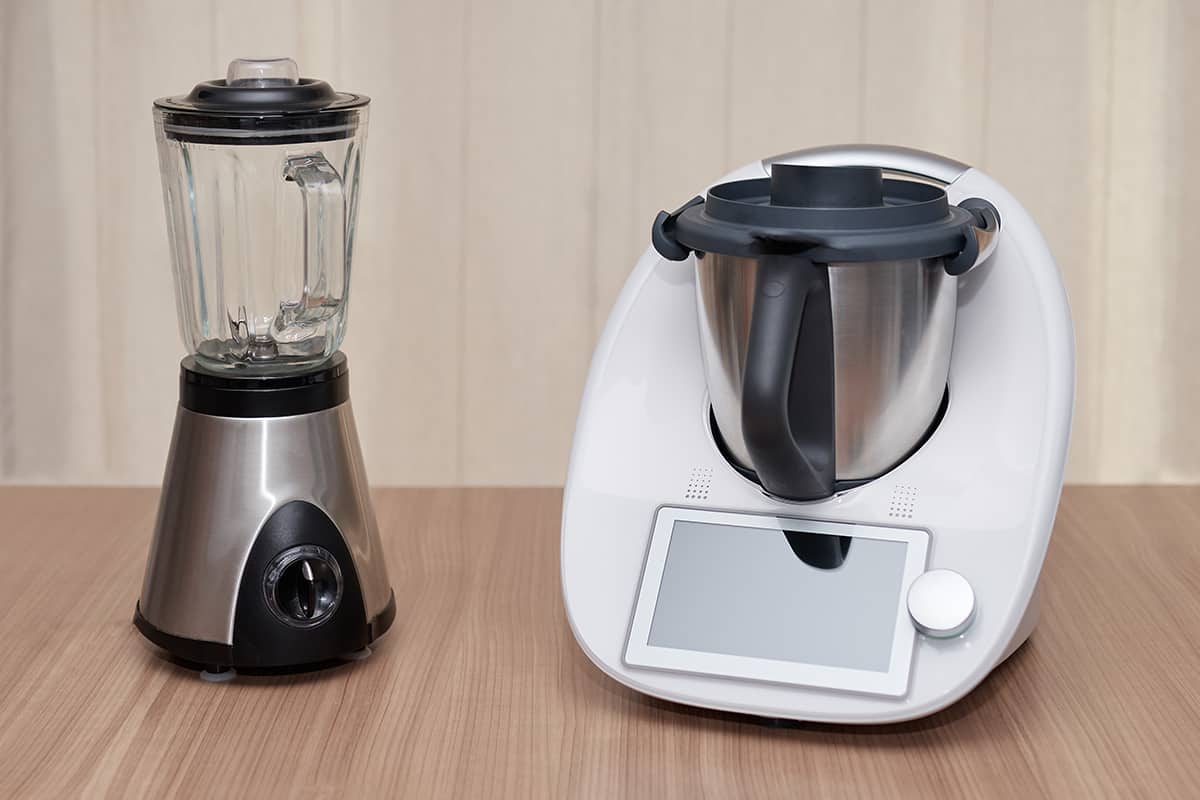
While food processors and blenders serve similar functions—i.e., to break ingredients down to size—they are not interchangeable.
Food processors are used for slicing, grating, shredding, dicing, and kneading ingredients. Blenders, on the other hand, are mainly used for crushing ice and puréeing ingredients to make smoothies and soups.
That said, there are some food processor models that come with blender-esque blades that can do anything a blender does. As for blenders, there is no way you can reliably shred, slice, grate, or knead anything without turning it into a fine mush.
How Much Does a Food Processor Cost?
Like other kitchen appliances, food processors can cost as little as $40 or as much as $500. In fact, there are some food processor models that can set you back over $1,000 if you’re looking for a professional-grade unit.
It’s also worth noting that there are inexpensive food processors that cost around $25.While it won’t come with a massive cup or all of the special features of a high-end food processor, it can do what food processors were designed to do—namely, coarsely or finely chop veggies.
In very general terms, a food processor that costs between $100 and $200 will cover everything you’d want from a food processor. Anything more expensive will come with a more powerful motor, a larger work bowl, timer settings, and more cutting blades.
Food Processor Price Brackets and Features
To better understand how price affects the quality of a food processor, I’ll explain the different features of a food processor from each price bracket, starting from $25.
Budget Range
The cheapest food processors are portable appliances that come with small work bowls and few cutting options. The Hamilton Vegetable Chopper is a simple stack-and-press model that holds just 3 cups of ingredients. It can finely chop and even purée ingredients, making it perfect for smoothies, soups, and garnishes.
Medium Range
At this price bracket, you can expect your food processor to come with a chute. This allows you to insert ingredients into the work bowl without turning the machine off. The Black+Decker FP2500B is the perfect example of a food processor for medium-range pick, as it has a 10-cup bowl, a multipurpose blade, and 2 speed settings apart from the pulse function.
Upper-Medium Range
For upper-medium range pick, your food processor will come with multiple cutting blades, which will allow you to slice, mince, and knead dough. The Ninja BN601 is a 9-cup model with an ultra-powerful motor, 3 cutting speeds, and a dishwasher-safe bowl. Moreover, the chute is wide enough that you can insert all sorts of whole ingredients but narrow enough that the ingredients won’t flop all over the place.
High-end Range
At this price bracket, you can expect to get a brand-name food processor. The Breville Sous Chef 16 Pro comes with 5 multipurpose discs and 3 cutting blades to break down ingredients to the exact consistency you’d like. Plus, it has an electronic control panel and an auto timer, so there’s virtually no risk of over-puréeing soups, smoothies, and salsas.
This specific unit also has 2 work bowls (16 cups and 2.5 cups), so you can prepare large batches of ingredients, as well as make smoothies for the road.
Do I Need a Food Processor?
If you don’t want to spend countless hours prepping fruits and vegetables before every meal, then yes, you absolutely need a food processor.
The main purpose of a food processor—as well as most kitchen appliances, for that matter—is to make quick work out of the prepping and cooking phases. A food processor will increase how many ingredients you can cut to size before spending hours in front of your stove.
In addition, a food processor can help you experiment with all sorts of new and exciting recipes. If you’ve never made bread dough before, or if you are thinking about incorporating more veggie-packed smoothies into your diet, then owning a food processor will give you every reason to start.
